
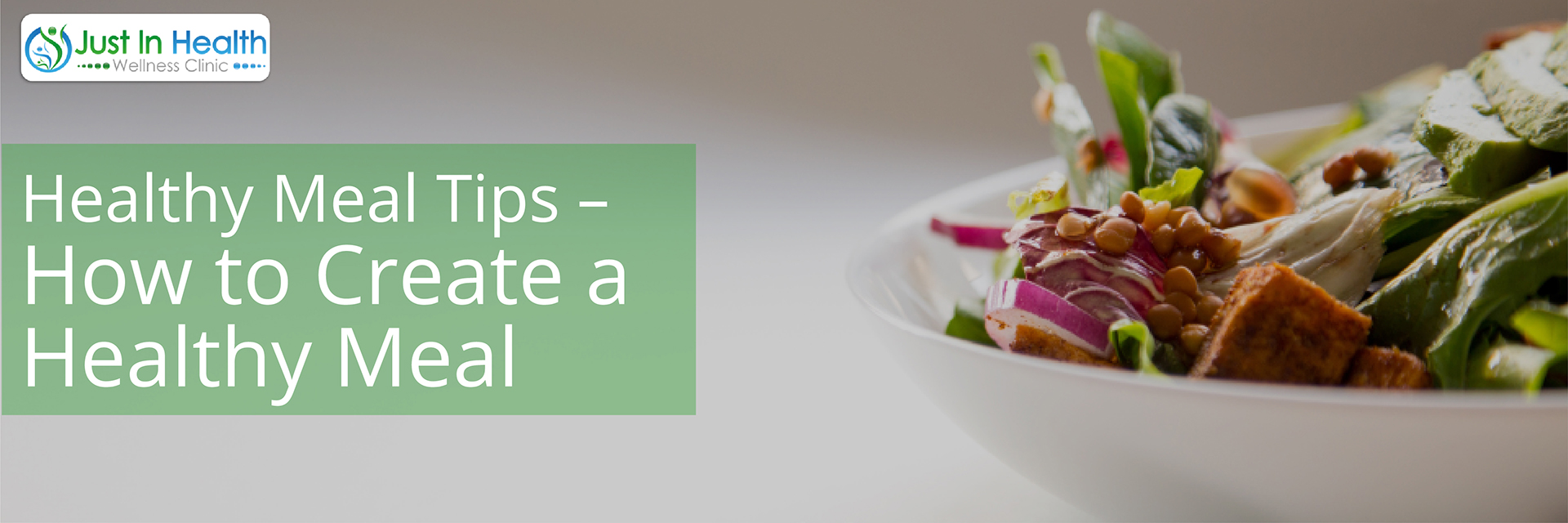
By Dr. Justin Marchegiani
Keeping in mind that what we eat should be nutrient-dense, toxin-free and high-quality is what this video is about. Gain beneficial information regarding the three macronutrients which are proteins, fats and carbohydrates. Know more about the different types of carbohydrates that we need depending on our activity level. Learn how to set up your own quality, nutrient-dense and toxin-free meal with the variety of foods discussed here.
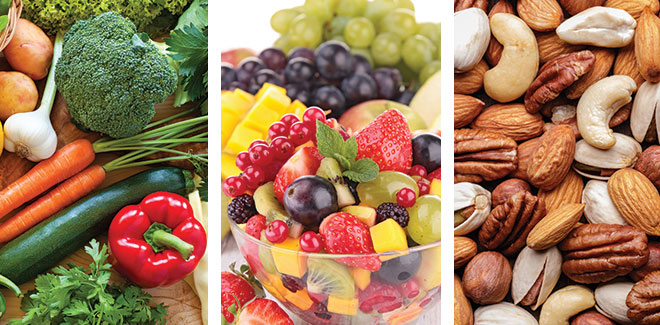
Every single meal should have a combination of three macronutrients – proteins, fats and carbohydrates. We are just taking fully into account that quality is really important. A lot of people just talk about macronutrients like proteins, fats and carbs and do not emphasize the quality of nutrients that are very important. So, obviously organic, chemical-free pesticide-free, free-range, GMO-free. All these things are really important present in macronutrients.
The big thing is I’m going to emphasize macronutrients that also don’t have a lot of toxins in them. A lot of toxins are just phytates, oxalates, various fibrin compounds. Things that trip an inhibitor. Our enzyme-blocking inhibitor compounds can also affect digestion and your ability to breakdown and utilize B proteins and nutrients for food. And next is we also want to make sure that food are anti-inflammatory.
I’m going to be talking about various proteins and fats that are going to stimulate the anti-inflammatory 1 and 3 pathways vs. the refined vegetable oils, GMO vegetable oils to stimulate the prostaglandin 2 pathway.
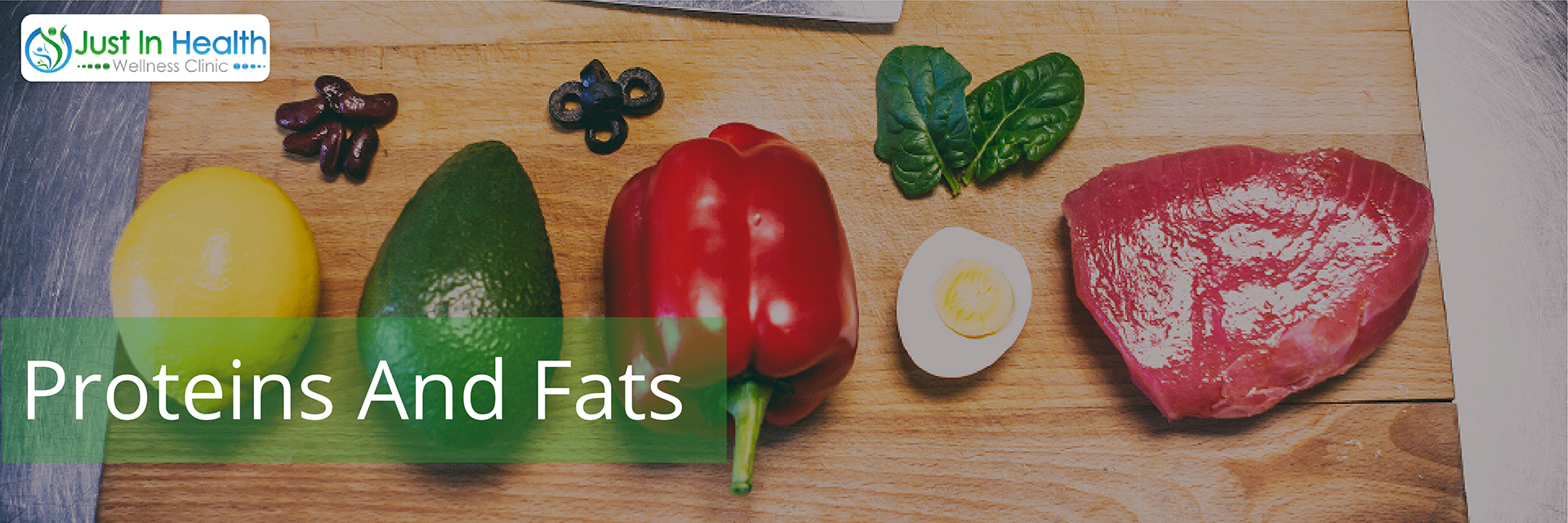
We’re going to have protein, fats typically come together when you eat at lunch or eating protein powders or once you’re eating rabbit protein. They have rabbit starvation up in the in the wintery areas because the rabbits are so lean. They develop rabbit starvation of this protein hydro excess with no fats, and you actually need fatty acid to be able to help absorb proteins and amino acids so you can develop rabbit starvation without enough fat. But typically, in mother nature, you’re going to have protein, fat together. I’m a big fan of at least making half your meal, put half your plate with protein and fat.
If you are very active or if you're a wall closer to the equator, you may be able to use more carbohydrate for fuel. So you actually see yourself in 3 quarters to 16% carbohydrates. But if you’re relatively leaner, you’re not exercising too much, and you’re living a pretty good lifestyle, typically about half protein, half fat. And that can change based on your activity levels, your kinetics, whether you have an autoimmune condition or not.
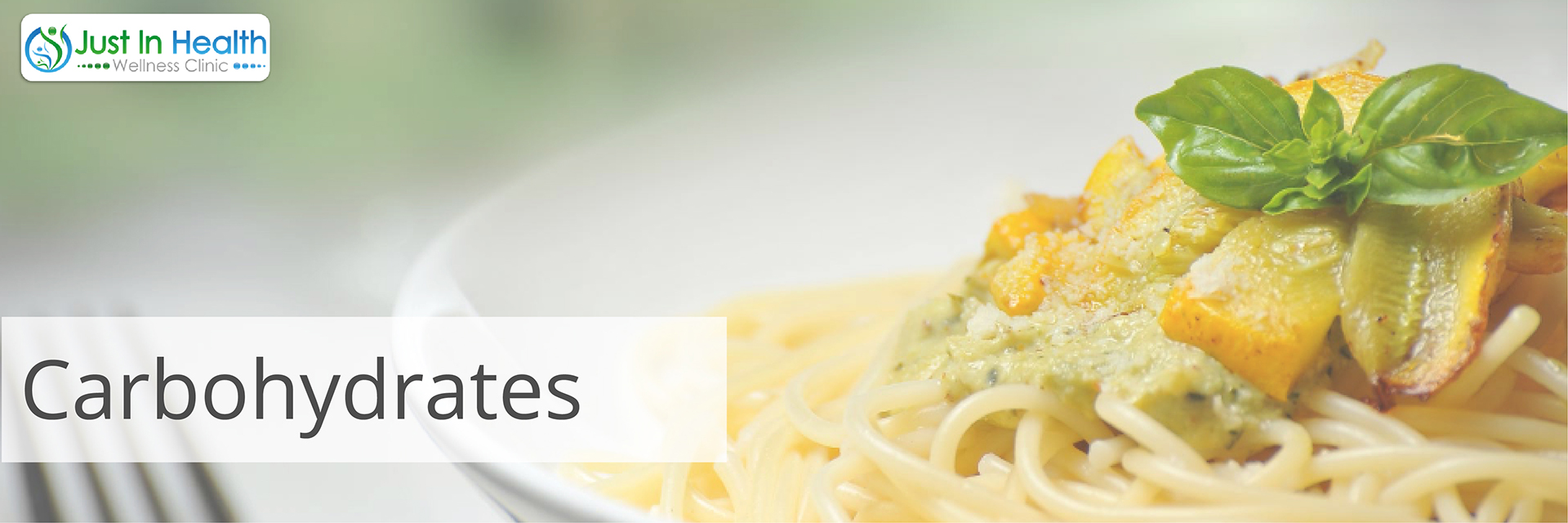
We have a couple of different kinds of carbohydrates. We actually have starchy carbohydrates. This would come in the form of white potatoes, sweet potatoes, yams, tubers, bananas, etc. We also have non-starchy carbohydrate.
I’m a big fan of non-starchy varieties because it tend to be higher in nutrition. But they don’t have all the sugar that you may get with the starchy carbohydrate. This tend to be a really good place to get all the nutrients, all these anti-cancer compounds in the non-starchy variety.
Now again, if you’re more active, you may need some of the starchy carbohydrates. So this is kind of dependent upon your activity level, as well as your genetic predispositions and also you know, assuming that you are healthy. If you’re diabetic, you have metabolic syndrome, if your waist is greater than 40 inches for male or greater than 35 inches for female, you may want to think about really keeping those starchy carbohydrates down, if not out of your diet completely.
This can be pineapple, this can be banana, papayas, dates, mangoes, maybe more of your tropical fruits. Now people- but, of all the more tropical environment, they may have the genetic ethnic and biochemical individuality to process those carbohydrates at a higher level. Now if you got more wintery environment, you haven’t had those type of fruits. So you maybe a little bit more sensitive to it, you may not be able to eat as much.
Low glycemic may be your berries, maybe your apples, like your green apple. Things like that, usually below above 40 glycemic index are going to be your berries or apples, maybe more of your Granny’s Smith apples and such. It kind of gives you a good idea of what your low glycemic fruit maybe.
So myself, I typically try to consume more non-starchy and more low glycemic fruit. If I’m more active, then I will do a little bit more starch, at least more of these sweet potatoes. And again, out of the starchy ones, the sweet potatoes are actually lower on glycemic index than your white potatoes.
So just kind of keep that in mind. And typically all of my carbohydrates are still gluten-free. So I typically try to consume gluten-free carbohydrates just because we’re trying to keep up with the fact that our goal’s anti-inflammatory, nutrient dense, low in toxins, and gluten-free. These are all gluten-free here.
Know more about gluten-free carbohydrates by CLICKING HERE
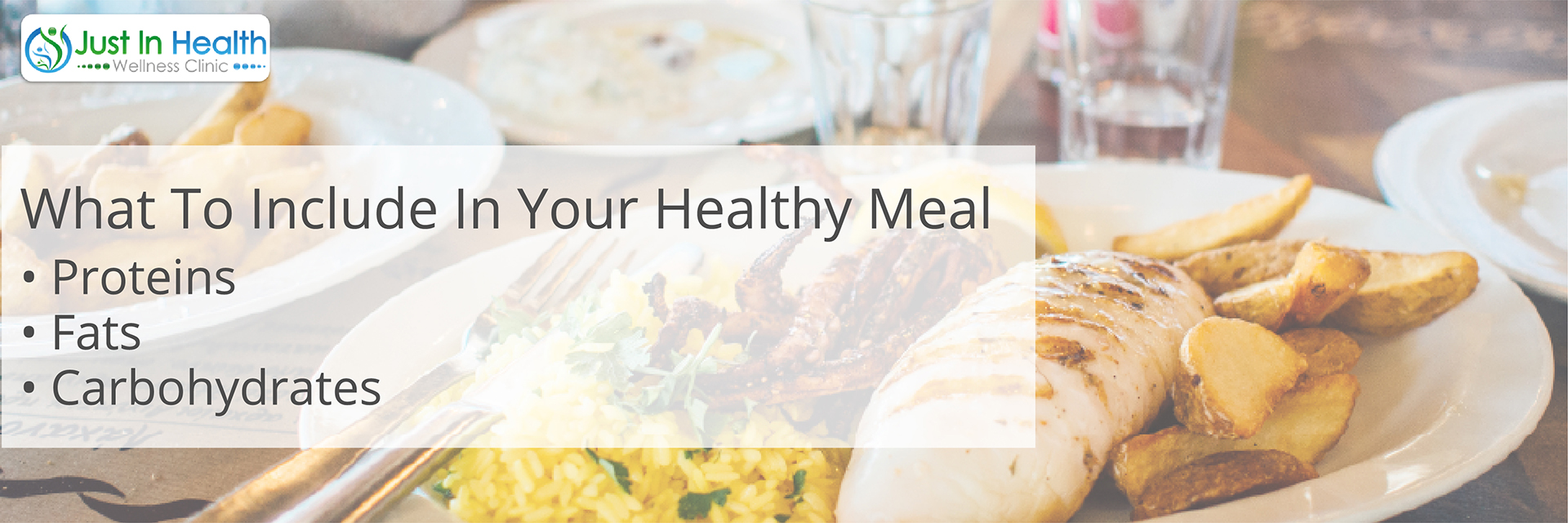
So proteins, fats, carbohydrates- from there, you can create your meal.
If you’re looking at proteins, it could be fish, it could be turkey, it could be grass-fed meat, it could be lamb, a good quality steak or beef. When we look at our fats, typically protein and fats are connected. So we’re looking at beef, and maybe a 76% grass-fed beef and maybe a dark turkey leg or chicken thigh, or the chicken breast- we’ll leave the skin on. If it is a leaner meat like a chicken breast, maybe we put a scoop of coconut oil in there; or we cut out the half to a whole avocado and put it on there. We can also have a handful of nuts or almond to get that extra fat. And again, we can obviously cook with fat, too.
Good healthy fats, maybe coconut oil or ghee. If you’re autoimmune, you may want to avoid the grass-fed butter or use something like ghee without the P casein protein in there. Also nuts, it could be good quality bacon fat and duck towel, macadamia nut oil, avocado oil which are pretty good fats. It could be olive oil. Using olive oil as the salad dressing. That kind of gives you an idea of proteins and fats.
Our starchy carbs are going to be our sweet potato, our yams, berries, tubers, squashes, white potato.
Non-starchy ones are going to be our spinach, its’ going to be our salad mix, our broccoli, our kale, our asparagus, our cauliflower, and spinach, etc.
Our high glycemic fruits of foods are going to be obviously, our white potatoes are going to be our high glycemic index. Obviously, sugar in general. We are keeping this list gluten-free here, just in case.
Low glycemic are going to be our berries, our passion fruit and our Granny’s Smith apples, our grapefruit, as well as our lemons and limes.
So I hope this video is really helpful. From here, you should be able to create an anti-inflammatory, nutrient-dense, low toxin meal. Start pushing your body into anti-inflammatory state, which is essentially your body building up faster than you’re breaking down.
So if you’ve hormonal issue, or digestive problem, if you’re in chronic pain, if you have fatigue, or depression or a mood issue, this is going to be the kind of diet template-wise, maybe a couple of tweaks regarding macronutrients. This is the kind of diet you want to be on health, bring yourself back out well.
For more information about myself, feel free to visit the information bar below. If you need a consultation regarding what tweaks you can make to your diet or what lab test, feel free to reach out and I will be able to help you out.
CLICK HERE and ask an expert about tweaking your diet to fit your needs